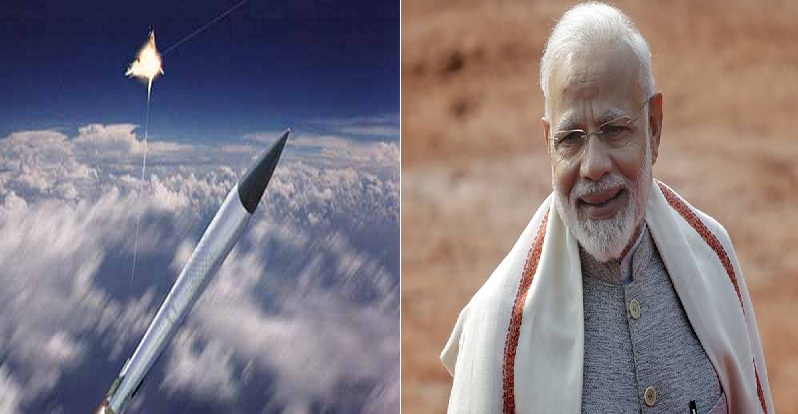
Prime Minister Narendra Modi on Wednesday announced the successful test of the Anti-Satellite (ASAT) missile in space under three minutes, named ‘Mission Shakti’. PM Modi called this is as an important step towards securing India’s safety, economic growth and technological advancement.
Also, he congratulated everyone on the success of ‘Mission Shakti’. In the wake of today’s announcement it is pertinent to know about Anti-Satellite missile.
In an article published by Carin Zissis for Council of Foreign Relations, he defines anti-satellite (ASAT) as a weapon which destroys or interferes with satellites, impeding a nation’s ability to collect intelligence or direct attacks. Such a weapon can be air, land, or sea-based. Research into anti-satellite systems began after the Soviet Union launched the world’s first satellite, Sputnik, in October 1957.
Zissis writes that by the 1980s, both the US and the Soviet Union had performed anti-satellite missile tests-all of them arguably in technical violation of a 1967 UN treaty banning such activities.
The US had conducted its last test in 1985, destroying a satellite at an elevation of roughly 350 miles. Citing concerns that space debris could harm commercial and military satellites in orbit, US ended the test.
In January 2007, China became the third country to conduct a successful test when it launched a ballistic missile to an altitude of more than 530 miles-roughly the altitude used for U.S. and Japanese imagery intelligence satellites-and destroyed an inactive weather satellite.

Post Your Comments